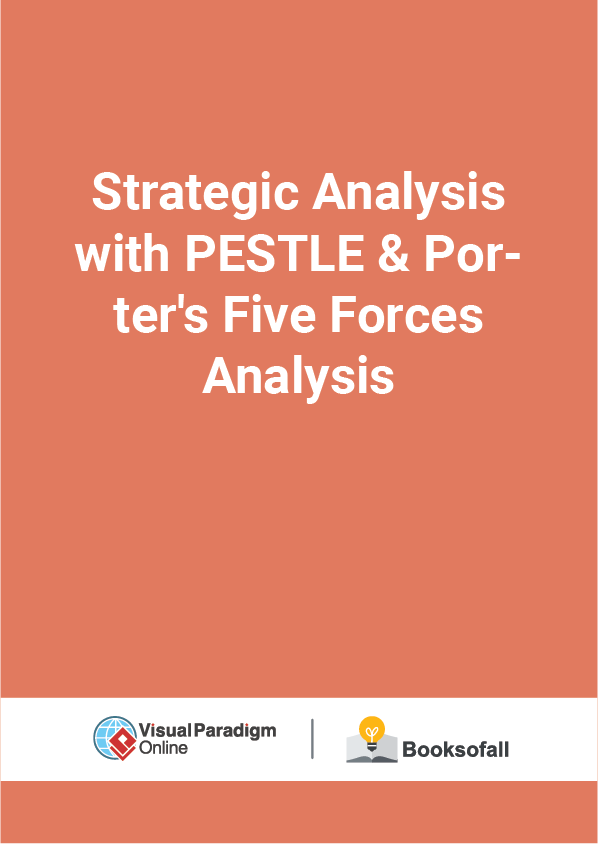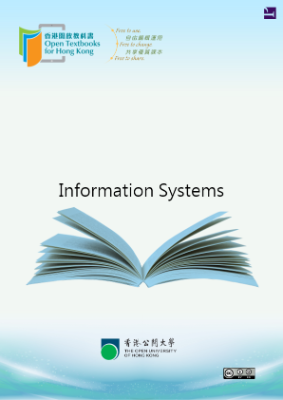Strategic Analysis with PESTLE & Porter’s Five Forces Analysis
6-8 minutes
Our market is facing changes every day. Many new things develop over time and the whole scenario can alter in only a few seconds. Such changes occur constantly, and any organization that fails to identify and respond to them runs the risk of encountering business problems or even the failure of the entire enterprise.
Environmental analysis is a strategic tool. It is a process to identify all the external and internal elements, which can affect the organization’s performance. Two techniques are used to examine the business environment within which an organization is operating: PESTLE analysis and Porter’s Five Forces analysis.
The analysis of the external environment should be an ongoing process for senior management, since the factors identified may provide insights into problems for the future or opportunities for new successes. Thus, senior management should carry out regular monitoring of the business environment to identify any influences that may require action.
PESTLE and Porter’s Five Forces Analysis
Using the PESTLE and five forces techniques together help to provide a detailed picture of the situation facing an organization. Just using one technique may leave gaps in knowledge and understanding.
The PESTLE Analysis enables you to create a list of the potential issues within your macro-environment that have or could have implications for your organization.
Whilst understanding the macro-environment is essential for developing your strategy it only gives you half of the picture. You also need to have a thorough understanding of your competitors and the impact they can have on your organization. To gain this knowledge you need to conduct Porter’s Five Forces Analysis.
Edit in Diagram
PESTLE Analysis
PESTLE Analysis Example
The figure below shows a PESTLE Analysis example of a pharmaceutical company. PESTLE is a varied form of PEST. It has two additional columns L and E for listing the Legal and Environmental factors.
Edit in Diagram
PEST and PESTEL Analysis
The basic PEST analysis includes four factors:
Political factors relate to how the government intervenes in the economy. Specifically, political factors have areas including tax policy, labor law, environmental law, trade restrictions, tariffs, and political stability. Political factors may also include goods and services which the government aims to provide or be provided (merit goods) and those that the government does not want to be provided (demerit goods or merit bads).Furthermore, governments have a high impact on the health, education, and infrastructure of a nation.
Economic factors include economic growth, exchange rates, inflation rate, and interest rates. These factors greatly affect how businesses operate and make decisions. For example, interest rates affect a firm’s cost of capital and therefore to what extent a business grows and expands. Exchange rates can affect the costs of exporting goods and the supply and price of imported goods in an economy.
Social factors include the cultural aspects and health consciousness, population growth rate, age distribution, career attitudes and emphasis on safety. High trends in social factors affect the demand for a company’s products and how that company operates. For example, the aging population may imply a smaller and less-willing workforce (thus increasing the cost of labor). Furthermore, companies may change various management strategies to adapt to social trends caused by this (such as recruiting older workers).
Technological factors include technological aspects like R&D activity, automation, technology incentives and the rate of technological change. These can determine barriers to entry, minimum efficient production level and influence the outsourcing decisions. Furthermore, technological shifts would affect costs, quality, and lead to innovation.











